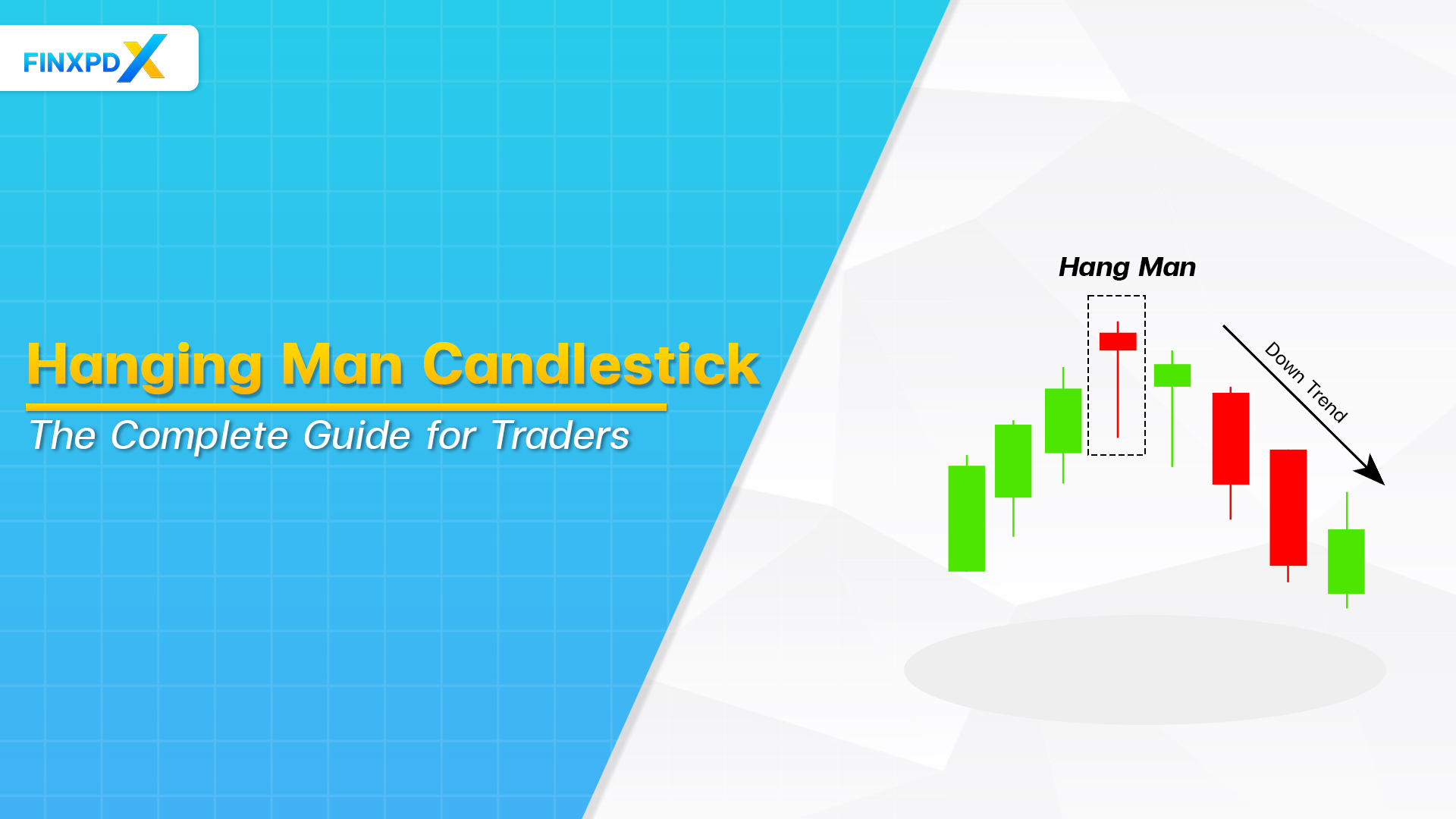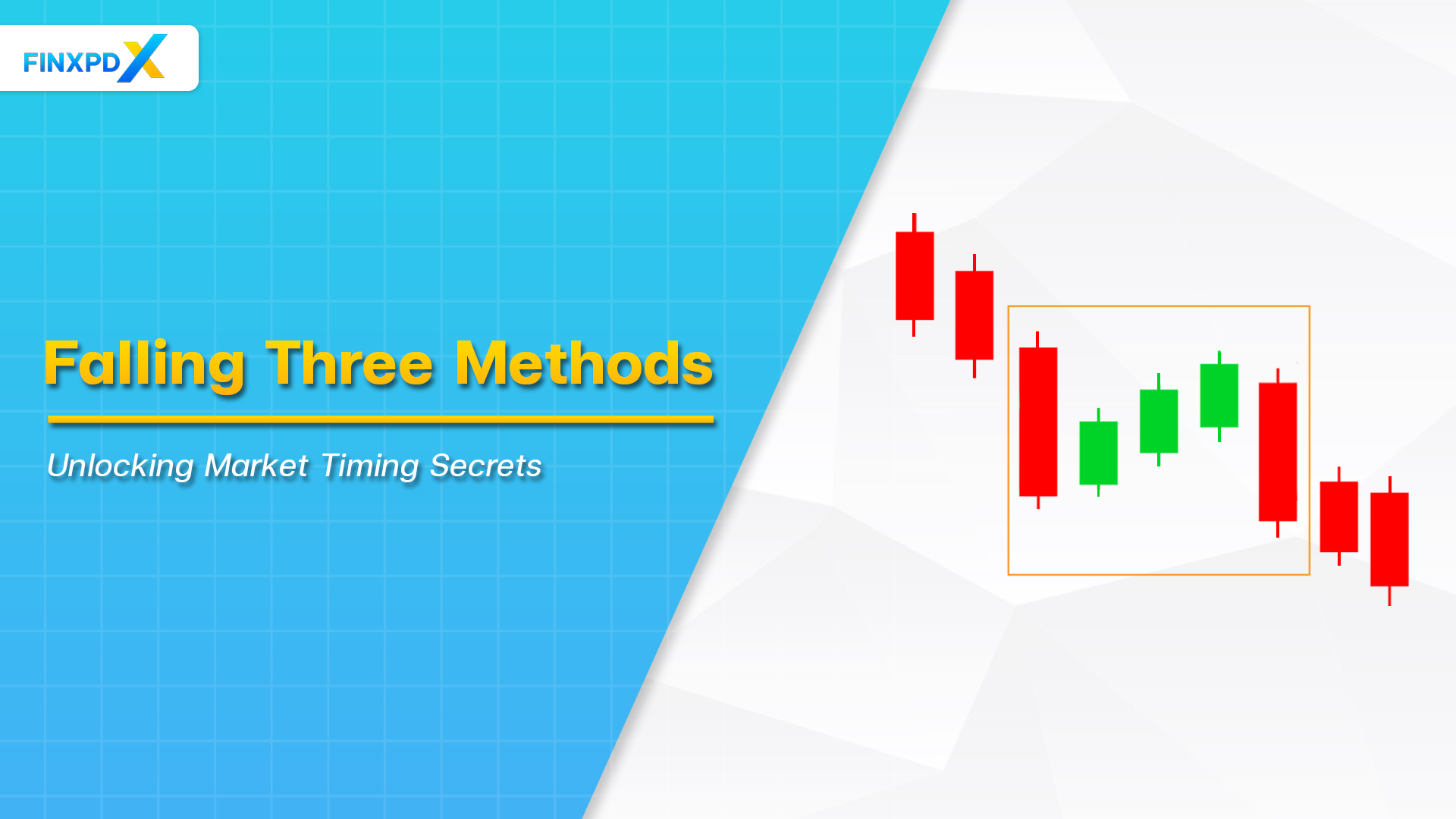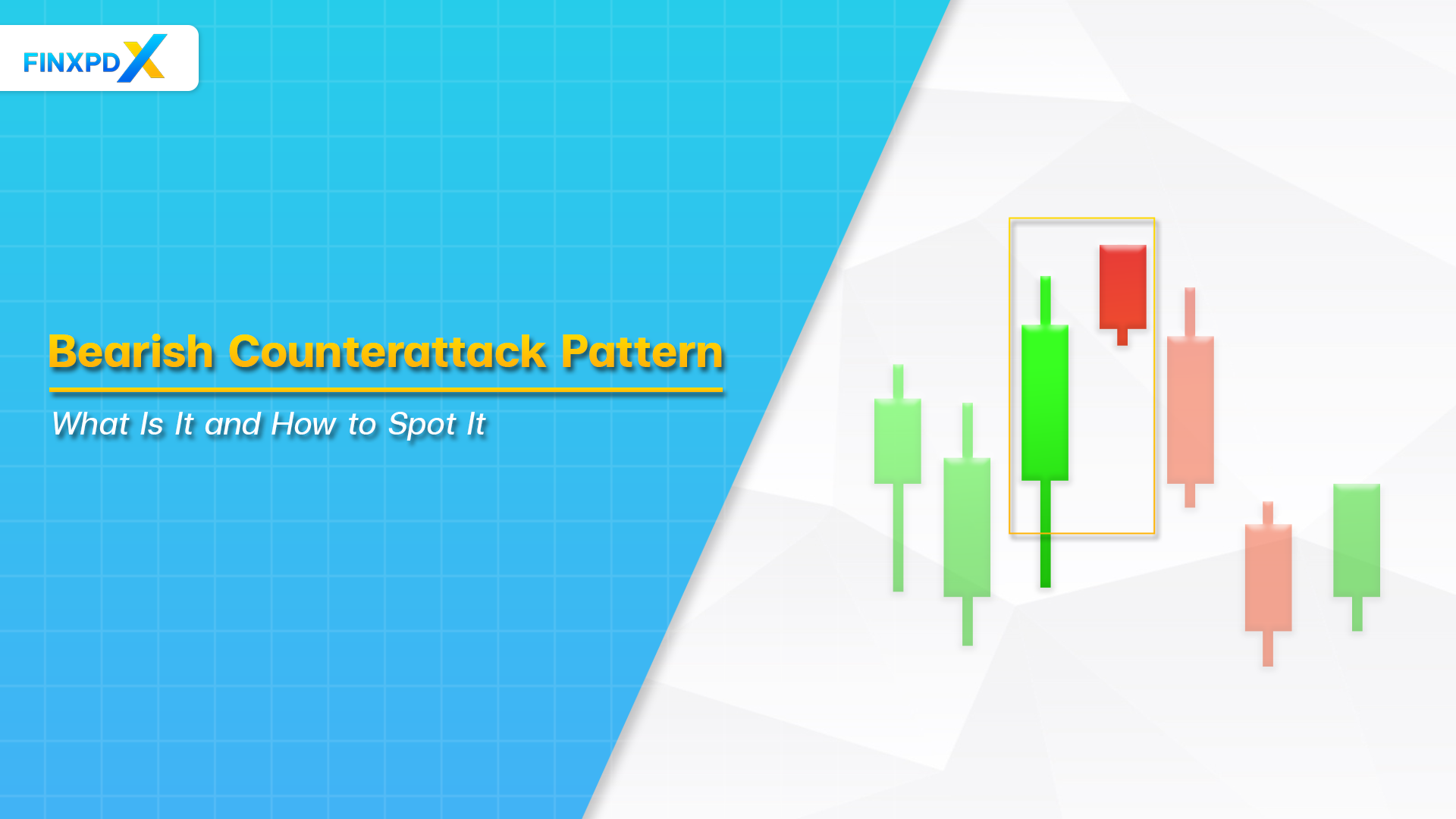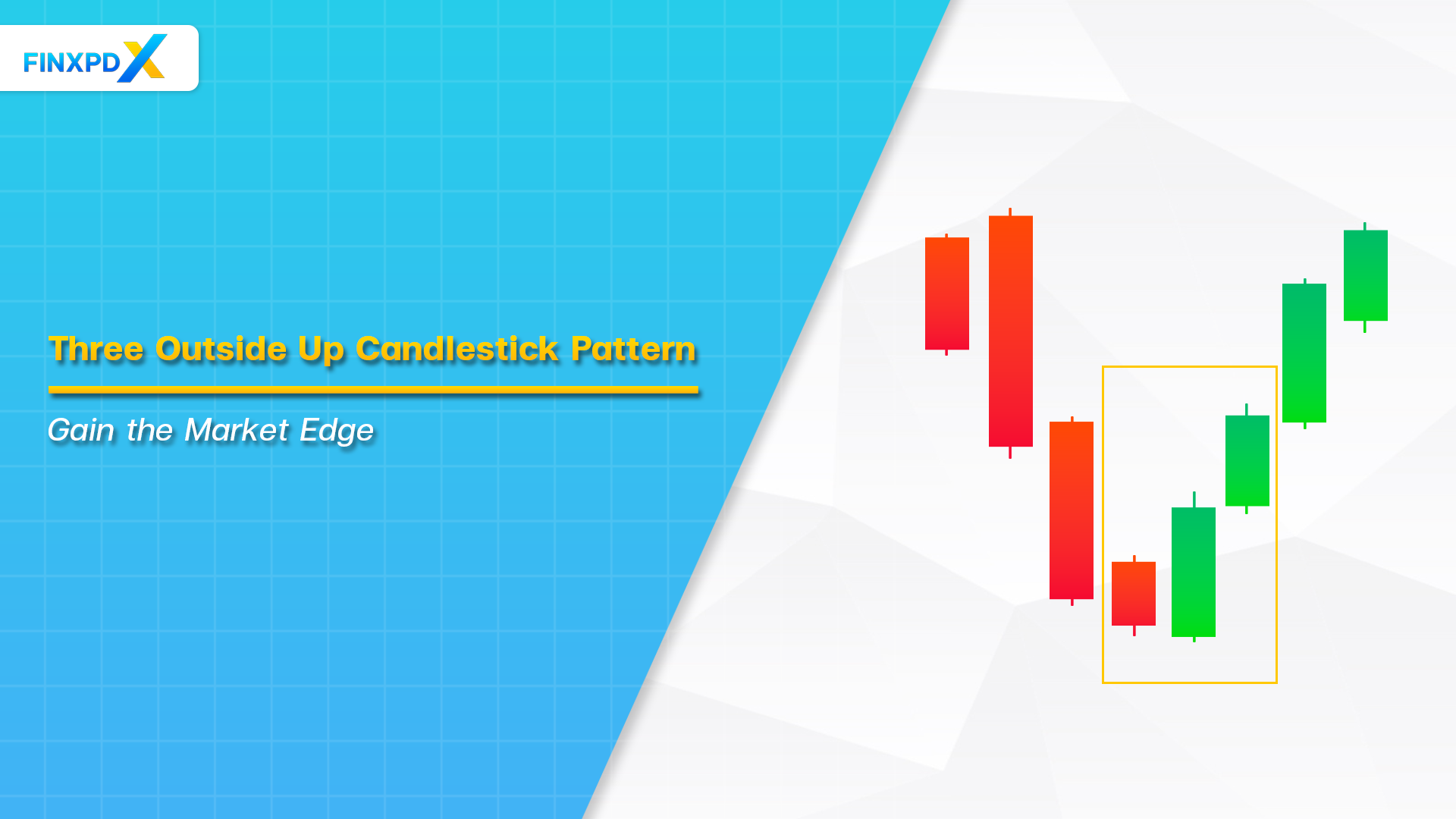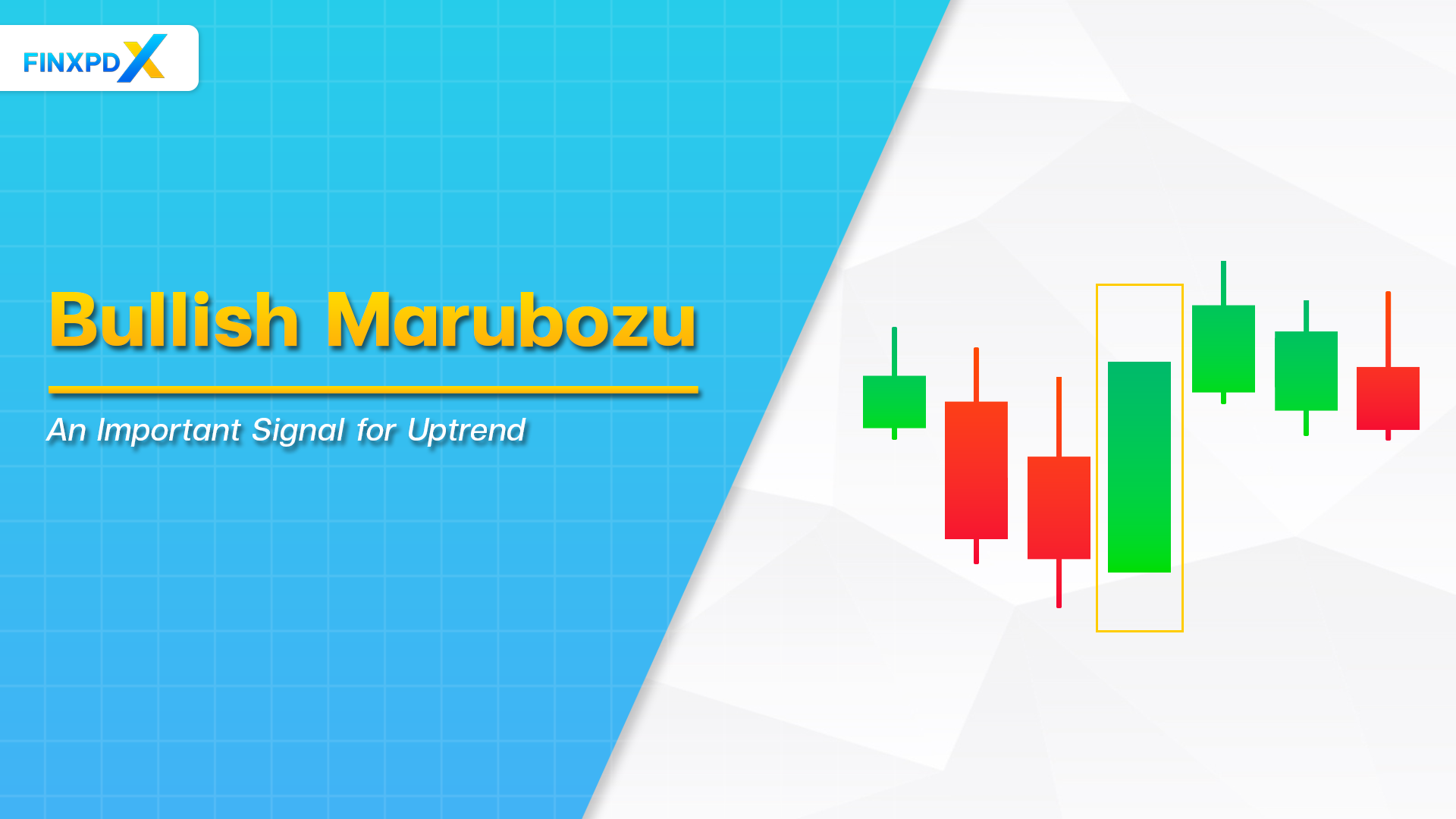The hanging man candlestick is a key pattern in financial trading that offers insights into potential market reversals. It is a part of the single candlestick family. The hanging man candlestick is recognized by its small real body and long lower shadow, which usually appears at the end of an uptrend. This pattern indicates a shift from buying to selling pressure. However, it’s insufficient to understand and use the hanging man candlestick’s shape alone. It would help if you applied it in the context of the market as a whole.
This article provides a concise overview of the hanging man. We will discuss its structure, how to effectively use it in trading, common mistakes to avoid, and its reliability. We aim to equip traders with the knowledge to use this pattern in their trading strategies effectively.
What Is the Hanging Man Candlestick?
The hanging man candlestick is a significant pattern in technical analysis, often indicating a potential bearish reversal in the market. The fight between buyers and sellers is what the hanging man candlestick represents. If it happens after a rise, it causes prices to drop because there are more sellers than buyers.
However, the pattern must be confirmed in more trade sessions before it can be used as a sure sign. Traders often look for a lower close after the hanging man or other negative signs to ensure the pattern is practical.
Key Takeaways
- The hanging man is a bearish reversal candlestick pattern notable in technical analysis. It indicates potential shifts in market momentum.
- This pattern is characterized by a small real body, a long lower shadow, and little or no upper shadow, usually appearing at the end of an uptrend.
- Effective use involves identifying the pattern during an uptrend, waiting for bearish confirmation, considering the overall market context, and combining it with other technical indicators.
- Traders should avoid misinterpretations by ensuring the pattern follows an uptrend. The proper way to do this is to wait for confirmation and not rely on it in sideways markets.
- Its reliability varies and is enhanced by confirmatory signals, market context, trading volume, and use in conjunction with other technical analysis tools.
Structure of the Hanging Man Candlestick
Using the hanging man candlestick effectively in trading involves several steps, including identification, confirmation, and strategic action. Here’s a step-by-step guide on how to use this pattern:

Appearance in an Uptrend
The hanging man candlestick typically forms after a price rise or during an uptrend. It suggests a possible shift in momentum.
Small Real Body
The real body of the candlestick is small. It represents the difference between the opening and closing prices. This indicates that there is little difference between the opening and closing prices.
Long Lower Shadow
The most distinctive feature of the hanging man is its long lower shadow, which is usually at least twice the length of the real body. This long shadow signifies a substantial sell-off during the trading period, but the buyers were able to push the price back up near the open.
Little or No Upper Shadow
The hanging man usually has little or no upper shadow. This indicates that the price did not move significantly above the opening price during the session.
Position in an Uptrend
The context of the hanging man is crucial. It occurs after an uptrend in the market. This indicates that the bullish trend might decline, and a bearish reversal could be around.
Confirmation
Even though the hanging man indicates a possible negative turn, it shouldn’t be used alone. Traders usually wait for additional confirmation, resulting in a downward price movement in subsequent trading sessions. This confirmation helps in validating the reversal signal provided by the hanging man.
How to Use the Hanging Man Candlestick
Using the hanging man candlestick effectively in trading involves several steps, including identification, confirmation, and strategic action. Here’s a guide on how to use this pattern, plus an example scenario:
Step 1: Identify the Pattern
First, traders should look for a candlestick with a small real body and a long lower shadow at least twice its size, appearing at the end of an uptrend.
Step 2: Confirm the Preceding Trend
In the second step, traders ensure that the pattern follows a significant uptrend, as the hanging man’s predictive value relies on prior bullish momentum.
Step 3: Look for Confirmation
Now, traders must wait for a bearish candlestick to follow, closing lower than the hanging man. Then, use additional technical indicators for further confirmation.
Step 4: Decide on Entry and Exit Points
Traders may enter a short position if the next candle closes lower than the hanging man, with a stop-loss above its high. Also, traders should consider an exit based on subsequent price action or predetermined targets.
Step 5: Execute the Trade
Traders can now open a short position following confirmation according to the strategy and managing risks with stop-loss orders. Then, traders exit based on price movements or specific targets.
Example Scenario of Using the Hanging Man Candlestick

Suppose you’re trading in forex market, the EUR/USD pair on a 4-hour chart. The current price is 1.11, and the currency pair has been experiencing an uptrend. As the trend progresses, you observe a hanging man candlestick forming at a critical resistance level of 1.14.
This hanging man appears at the top of the uptrend, marking a potential reversal point. After hovering around the 1.14 level for a while, the price begins to break below this resistance level. The prices gradually drop from 1.14 to 1.13, then to 1.12, eventually hovering around 1.10. This descent below the lowest point of the hanging man pattern provides a clear entry signal for a short position, as it indicates an expected downtrend.
To manage your trading risk, you place a stop-loss order at the resistance level of 1.14. After entering the short trade, you plan to sell your positions and make a profit once the market shows a downtrend. The following candles after the hanging man continue to show lower highs and lower lows, which means the downtrend is confirmed. It signals the exit from any long positions.
Common Mistakes to Avoid When Using Hanging Man Candlestick
Being aware of common mistakes can significantly enhance its effectiveness when trading with the hanging man candlestick pattern. Here are some key pitfalls to avoid:
Ignoring the Context
One of the most significant errors is not considering the overall market context or the preceding trend. The hanging man must appear after an uptrend to be valid. Trading with this pattern must confirm the prior trend to avoid misinterpreting market signals.
How to Avoid
Always confirm that the hanging man appears after a clear uptrend. Analyze the price action leading to the pattern to ensure it signals a potential reversal.
Overlooking Confirmation
Trading immediately after spotting a hanging man can lead to wrong outcomes. This pattern requires confirmation through subsequent bearish price action or other technical indicators.
How to Avoid
Wait for a bearish candle to close below the hanging man or for other technical indicators to confirm the reversal signal.
Misinterpreting the Pattern in Sideways Markets
Applying the hanging man in a sideways or ranging market can be misleading. The pattern could be less effective in these conditions.
How to Avoid
Use the hanging man candlestick pattern primarily in trending markets and avoid it in range-bound conditions.
Neglecting Risk Management
Not setting appropriate stop-losses or risking too much capital on a single trade based on the hanging man pattern alone can lead to significant losses.
How to Avoid
Employ strict risk management rules. Set stop-loss orders and only risk a small percentage of your trading capital on trades based on this pattern.
Failing to Combine with Other Analysis
Relying solely on the hanging man without considering other technical analysis tools can result in false signals.
How to Avoid
Always combine the hanging man with other forms of technical analysis for a more comprehensive market view. Analysis like support/resistance levels, moving averages, or momentum indicators can be helpful in this situation. Moreover, there are 35 different types of candlestick patterns beside this pattern. Consider using hanging man pattern with other patterns for a more precise outcome.
Click the button below to download PDF
How Reliable Is the Hanging Man Candlestick?
The hanging man candlestick isn’t always a good trading indicator. It depends on the situation, the market, and confirmation signals. It’s better at predicting what will happen when it happens after an uptrend and is then confirmed by subsequent bearish price action. When markets are volatile, the pattern may or may not also work. However, it is more accurate on longer time frames like daily or weekly charts.
Adding trade volume data can also make it more reliable since more trading patterns show up, meaning more people are participating in the market. Furthermore, putting the hanging man together with other technical analysis tools gives you a more comprehensive view and can help validate its signals.
⚠️Tip: High volatility can affect the pattern’s reliability. In such markets, the hanging man may be less predictive.
Conclusion
In conclusion, the hanging man candlestick is vital to technical analysis because it can indicate bearish market reversals. It must be correctly identified and confirmed by other signs to use it effectively. It can give you helpful information about changing market sentiments, but you shouldn’t use it alone. Traders should use this pattern as part of a well-rounded trading plan, along with other technical analysis tools and strong risk management.
FAQs
The hanging man is a bearish reversal candlestick pattern characterized by a small real body, a long lower shadow, and little to no upper shadow, typically appearing after an uptrend.
The hanging man is considered a bearish pattern, signaling the potential reversal of an uptrend.
The hammer appears during a downtrend and signals a bullish reversal, while the hanging man appears during an uptrend and indicates a bearish reversal.
The accuracy of the hanging man can vary and is influenced by several factors. Factors include market conditions, confirmation from subsequent candles, and complementary technical indicators. It is more reliable when used in conjunction with other analysis tools.
No, the hanging man candlestick should be used as part of a broader trading strategy that considers overall market context, confirmatory signals, and proper risk management.
Related Articles:
- Currency Hedging: Secure Your Investments
- Currency War: Gain the Edge in Market Chaos
- Non Deliverable Forward: Ultimate Trader Guide
- Profit Factor: Gateway to More Effective Trading
Read more: Forex

